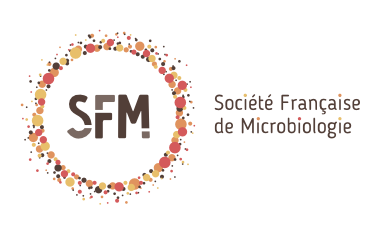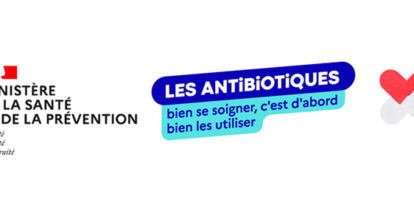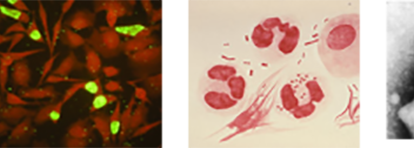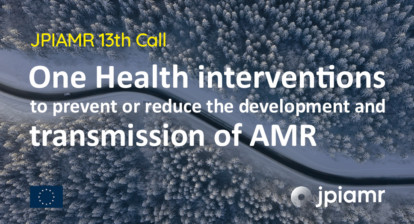Tiago Santos
Ecole Doctorale des Sciences de la Vie, Santé, Agronomie et Environnement (SVSAE) de l’Université Clermont Auvergne (UCA). Soutenue le 12 Juin 2019.
Role of proteome in biofilm development and adaptation of Listeria monocytogenes to controlled environments
Listeria monocytogenes is a Gram-positive bacterium implicated in serious food-borne infections. Most cases of human listeriosis are caused by the consumption of refrigerated ready-to-eat foods. The ability of these bacteria to survive and multiply in a wide range of harsh conditions make this pathogen a major concern in agro-food industries. These properties of L. monocytogenes are enhanced by its ability to form biofilms. The aim of this project was to explore the adaptation of this pathogen to dehumidification and low temperatures by two proteomic approaches. The first approach, based on the MALDI-TOF mass spectrometry imaging (IMS), allows the mapping of molecules from biological samples. This work aimed to develop this approach, considering a bacterial biofilm as a tissue, in order to access information on the distribution of proteins in L. monocytogenes biofilms subjected to a dehumidification stress. In addition, an LC-MS/MS approach was used to link spectral data of interest obtained by IMS and protein identification. The IMS allowed to examine the distribution of 47 low molecular weight proteins within the biofilms. Five identified proteins were assigned by LC-MS/MS using IMS m/z data, including two cold-shock proteins. The results demonstrate that imaging can be used to dissect the spatial proteome of a bacterial biofilm. The second proteomic approach consisted on a relative semi-quantitative label-free (shotgun proteomic) comparison of proteins expressed under different culture conditions. With the method, we explored protein expression according to the mode of growth (biofilm vs planktonic) and temperature (10°C, 25°C and 37°C). Throughout the 920 and 931 unique proteins identified, from sessile and planktonic cells, respectively, many are connected to basic cell functions, but some are linked with thermoregulation. A shift was observed in the proteome of L. monocytogenes biofilms compared to planktonic cells indicating different patterns of regulation according to the mode of growth. These comparisons of protein expression throughout several conditions (mode of growth and temperatures) will enrich databases and help to model regulatory circuitry that drives adaptation of L. monocytogenes to environments.
Keywords: Listeria monocytogenes, biofilms, adaptation, Proteomics, Imaging Mass Spectrometry







